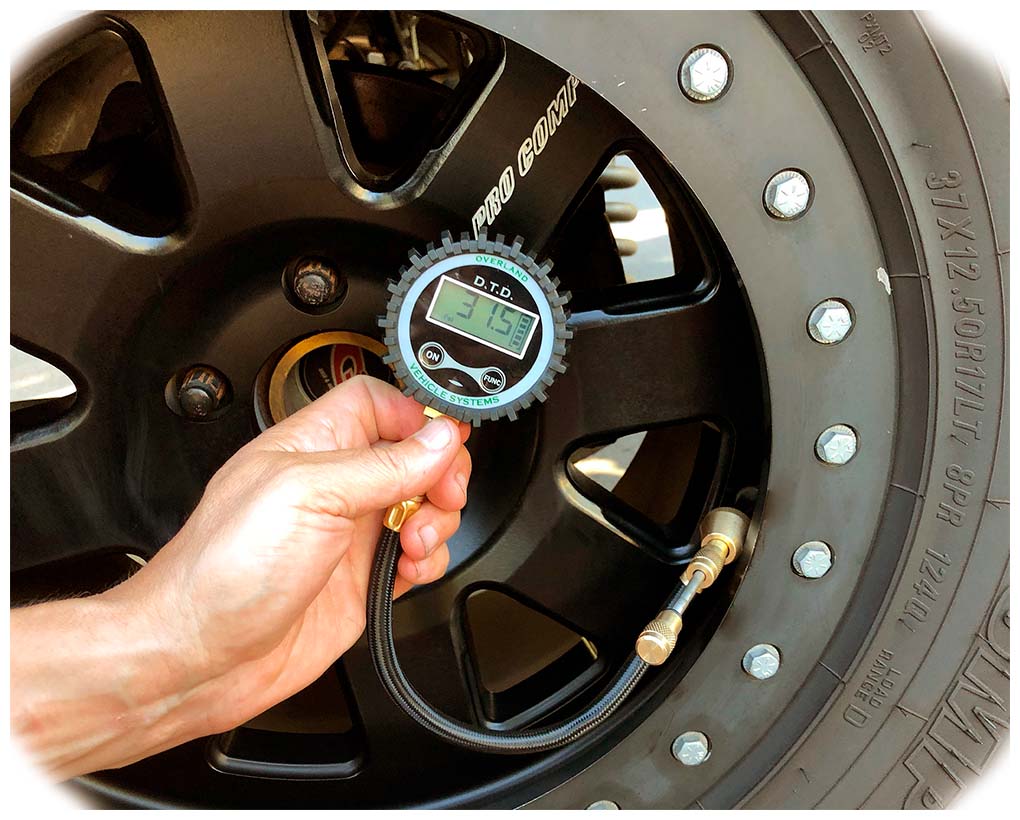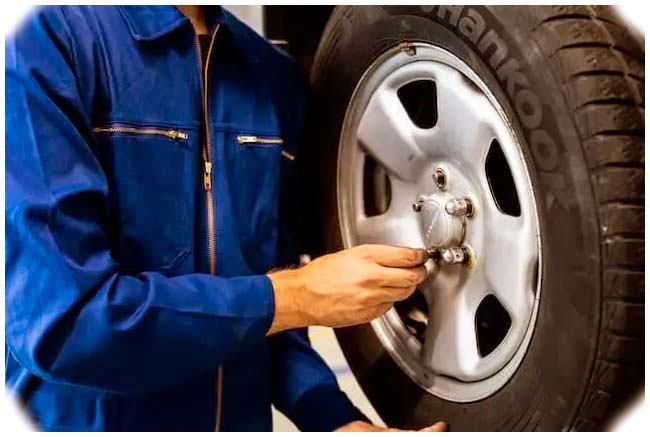Inflating a tire can be a tricky process, but deflating a tire is much easier and only takes a few steps to complete. Using an air pump to deflate your car’s tires can save you time and money since it eliminates the need to remove the valve core or manually let out the air with a wrench. This article will provide step-by-step instructions on how to use an air pump to remove excess air safely and quickly from your car’s tires.
Assessing the Tire Pressure Level Before Deflating

Preparing the Air Pump Deflating Tire for Use
Once you have located and checked all of your tires’ pressure levels, it is time to prepare your air pump for use by connecting it directly to its power source (i.e. the wall or a car battery). Make sure all the necessary components have been properly assembled, and that it is switched to the “deflate” mode if applicable.
Connecting the Air Pump to the Tire Valve
Next, attach the air pump’s hose to the tire’s valve stem by unscrewing the cap, inserting one end of the hose into it, and then re-securing it with a small amount of pressure so that it won’t come off while in use. Make sure you double-check that there are no leaks in between any of these parts before turning on your air pump.
Setting The Appropriate Pressure Level
You can now set your desired pressure level for each tire by consulting your owner’s manual or checking each tire’s pressure rating located on its side panel once again. Make sure you adjust your air pump accordingly by setting its dial/switch to match this level so that you don’t inflate or deflate too much from what is recommended for each tire (which can cause damage). After you have reached the desired pressure level, the next step is to double-check it with a tire pressure gauge. Calibrating a tire pressure gauge is essential, as it ensures that your readings are as accurate as possible.
 Removing Excess Air from the Tire
Removing Excess Air from the Tire
Now simply turn on your air pump and wait for it to remove the excess air from the tire. Depending on how much air needs to be removed, this may take anywhere from a few seconds up to a few minutes. Once you notice the pressure gauge on your air pump reading zero, you can turn it off and move on to the next tire.
Checking for Proper Inflation/Deflation Levels
Once the deflating process is complete, it is important to double-check that your car’s tires have reached the proper inflation or deflation level. This can be done by comparing what the Pressure Gauge reads against your owner’s manual or each tire’s side panel, respectively. If everything looks okay, then you can proceed to move on to the next tire in need of adjustments and repeat these steps if needed.
Conclusion
Using an air pump to deflate your car’s tires is a relatively simple process that requires minimal setup and no mechanical skills to complete successfully. By following these steps carefully, you should be able to remove excess air quickly and safely from all four of your vehicle’s tires so that they are all properly inflated or deflated according to their recommended levels for optimal performance and safety on the road.

 Removing Excess Air from the Tire
Removing Excess Air from the Tire
Add Comment